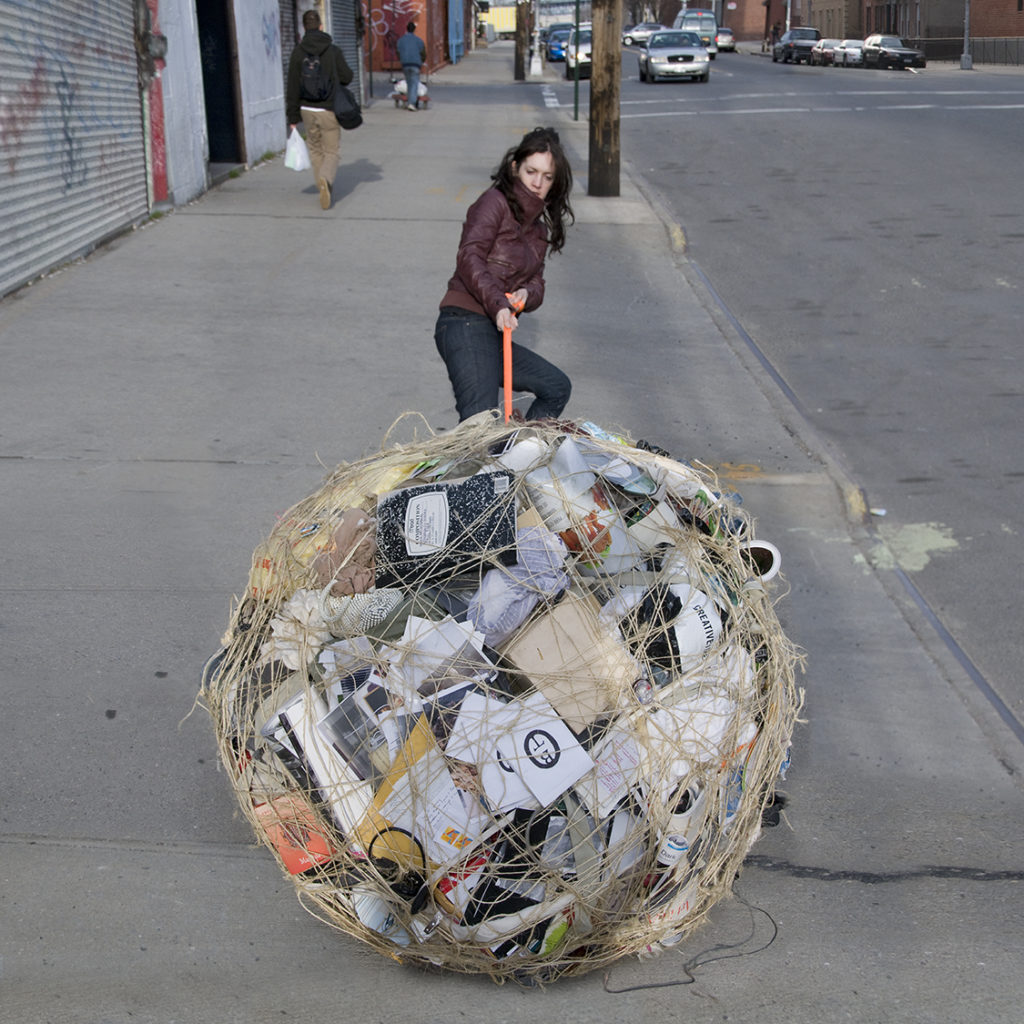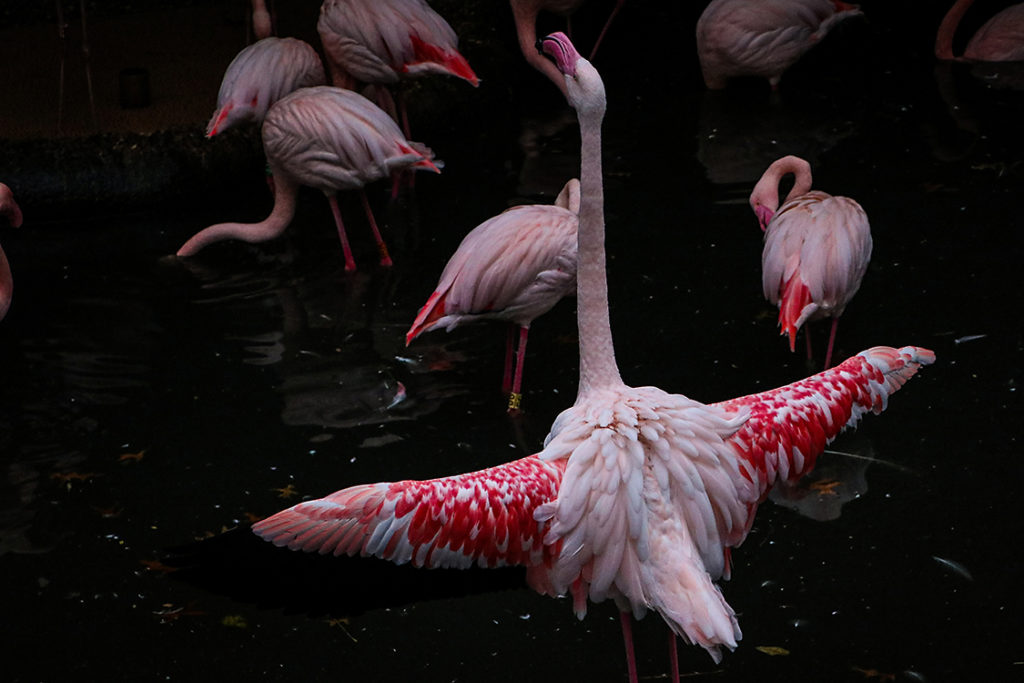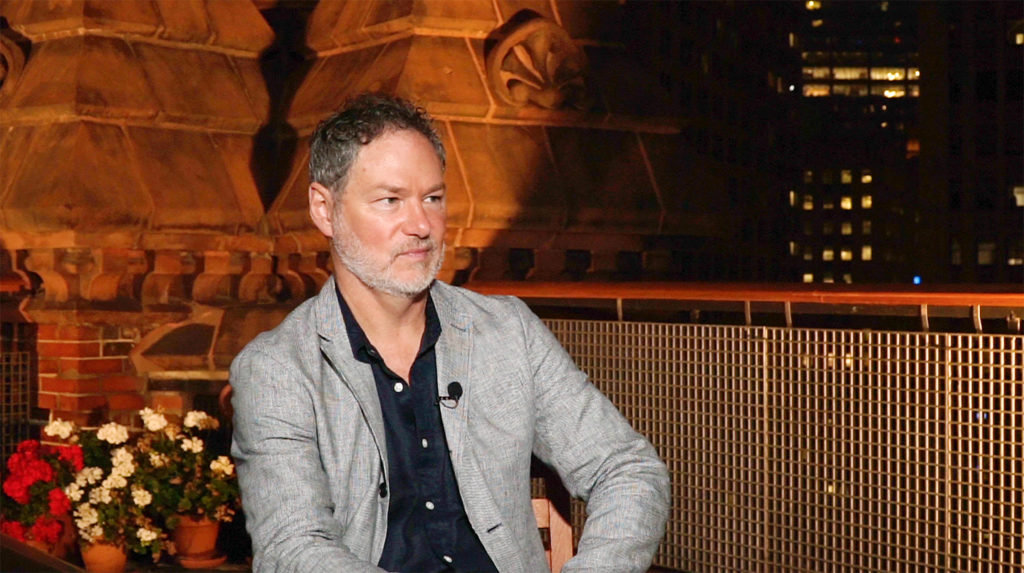Kevin Moore Discusses World Record Theme Ahead of the Biennial
Posted on September 20, 2022
FotoFocus Artistic Director and Curator Kevin Moore discusses the 2022 Biennial theme. He said, “World Record certainly is about the climate crisis. But it’s also about the different social crises climate change is causing and exacerbating. And this is something we are all experiencing, not just the people in the most critically affected regions of the planet.”
By: Kevin Moore, FotoFocus Artistic Director and Curator
I remember noticing about a year ago when the conversations around climate change and social justice merged into one all-encompassing term: climate justice. What had seemed like two separate conversations are now merged in our thinking as one very complex problem. The 2022 Biennial theme World Record certainly is about the climate crisis. But it’s also about the different social crises climate change is causing and exacerbating. And this is something we are all experiencing, not just the people in the most critically affected regions of the planet.

Many of the featured exhibitions are certainly (at least on the surface) about climate: Natural World (Cincinnati Art Museum) is one example, as the title suggests. And On the Line: Documents of Risk and Faith (Contemporary Arts Center) has an environmental basis as well. But most of the exhibitions, including Natural World and On the Line, have at their core urgent human stories to tell. Both, for example, address not just nature in crisis but the human lives affected by such factors as diminishing resources, contests over land use and access, and tensions—often framed as racial—over places and boundaries. Also at play is the question: what is natural? How do we construct and maintain ideas of nature and for what purpose? It is a good idea when visiting any of the some one-hundred Biennial exhibitions to keep in mind this twin-powered dynamic: nature as a resource and the human conflicts around efforts to manage, exploit, or claim authority over it.
On a basic level, photographs of endangered species in Wildest Dream (Cincinnati Zoo) or the subtler aspects of nature in Critical Connection (Cincinnati Nature Center) pay thoughtful attention to what is in danger of being lost—the beauty, the network of life on earth. But also consider the threats to ideas of home, or clean water supply, which are explored, respectively, in Ian Strange: Disturbed Home (Art Academy of Cincinnati) and Tony Oursler: Crossing Neptune (Michael Lowe Gallery). Ian Strange’s practice examines not only sentimental notions of home but also the complex web of factors affecting physical homes globally: natural disasters, urban blight, economic migration, all having to do with natural resources and the economies built around them. In a more fantastical vein, Tony Oursler’s work explores mythologies related to water, from mermaids and mysterious sea creatures to floods and water pollution. His famed archive, collected over years and comprising evidence of all kinds of “magical”—e.g., pseudo-scientific—”thinking,” offers immersion in many different historical ideas of water while taking viewers on a pleasure tour of the provocative and bizarre.

Climate justice is also present in our institutions, the histories we maintain about nature, and the societies built upon natural resources, as all societies are. City Under Exposure (Cincinnati and Hamilton County Public Library) presents archival photographs of natural disasters in Cincinnati, preserved as a historical record of clashes between mankind’s industriousness and the contrary forces of nature. Similarly, James Presley Ball, a Black Daguerreotypist in 19th-Century Cincinnati (Mercantile Library) examines the improbable success story of a Black photographer documenting personalities across lines of class and race in the post-Civil War period. J. P. Ball is also included in the group exhibition ‘Free as they want to be’: Artists Committed to Memory (National Underground Railroad Freedom Center), which examines legacies of slavery and notions of freedom through contemporary photography and video.
Climate justice is but one thematic thread to follow through the Biennial exhibitions. There are certainly many more threads to discover as visitors make their way through the myriad shows and are seduced and challenged by various artists and ideas. A Biennial is about making connections—both intended and unintended—within a loosely organized structure. Climate change and social justice are certainly at the forefront of contemporary culture and photography remains one of our best tools for considering, understanding, and recording our world.
